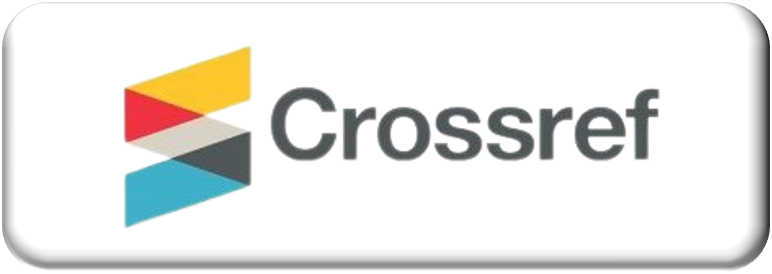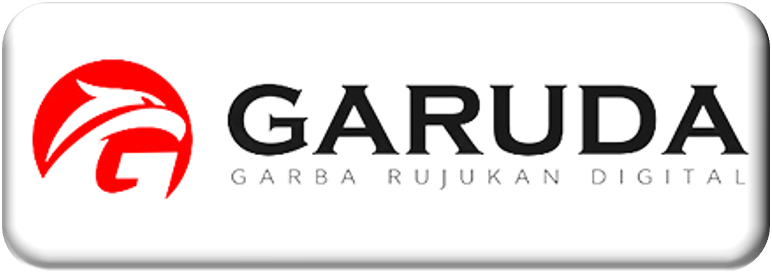PERBANDINGAN DESTRUKSI BASAH DAN KERING DENGAN VARIASI ZAT PENGOKSIDASI PADA ANALISIS TIMBAL DALAM RAMBUT PETUGAS OPERATOR SPBU SECARA AAS
DOI:
https://doi.org/10.36568/anakes.v10i2.25Keywords:
Lead; destructive; oxidizing agent; Atomic Absorption Spectrophotometry (AAS).Abstract
Lead (Pb) is a heavy metal that can cause poisoning and accumulate in the human body. Determination of lead levels by using AAS the condition is that the sample must be a solution, then it is necessary to destruct first. There are two types of destruction that can be done, namely wet destruction using acid reagents to decompose samples and dry destruction by heating or destruction using very high temperatures. HNO3 oxidizing agent and HNO3 mixture with HClO4 are the main oxidizing agents that can provide the best destructive results compared to other oxidizing agents. This study aims to determine the best oxidizing and destructive substances present in the hair using Atomic Absorption Spectrophotometry (AAS). The research was conducted at surabaya regional health laboratory in April - May 2021. This research is comparative research. The sample used is the hair of gelam gas station operator officer, Candi. There are two ways of preparing samples that can be done in pb analysis on hair, namely proses wet and dry destruction. The result of destruction is determined by the level of lead using Atomic Absorption Spectrophotometry (AAS). The results of the analysis pno dry destructionHNO3 as a whole has rentang lead levels 0.1281-0.1958 mg / L. Dry destruction HNO3 : HClO4 secara overall has rentang lead levels 0.1457-0.2159 mg /L. HNO3 closed wet construction has lead content range 0.1431-0.2034 mg/L and wet destructive closed HNO3 : HClO4 has lead content range 0.1080-0.5371 mg/L. Based on these results, it can be known that all hair samples tested in this study contain lead levels that are still within normal limits or within the tolerance limit of < 12 μg/g.











